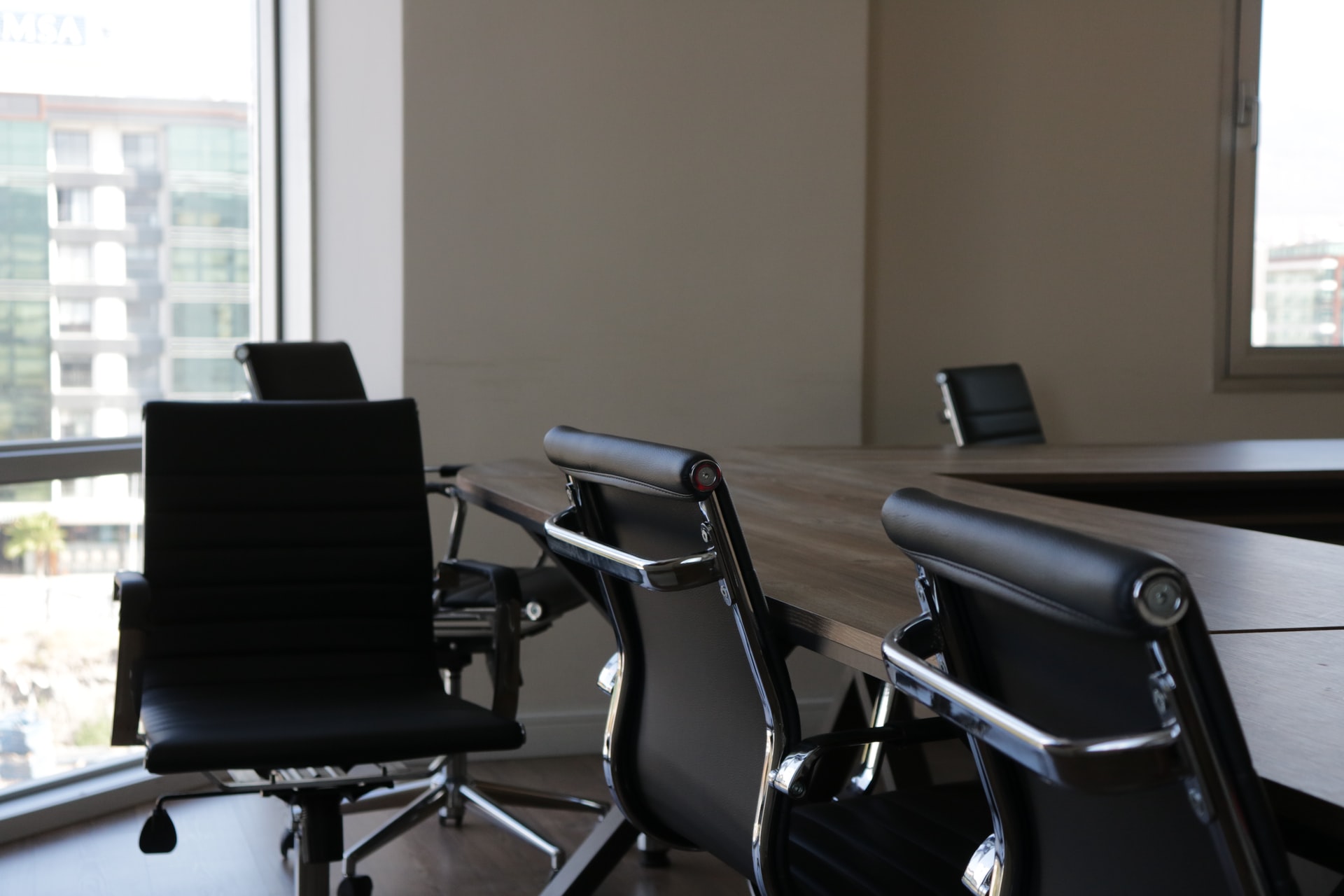Meeting and event space has the unique characteristic that it can either be a valuable asset or a troubling liability. When it’s filled with people using it for an important gathering, it’s delivering value for your organization. When it’s sitting empty—whether as the result of a crisis like the COVID-19 pandemic or for any reason—the expenses of heating, cooling, and just generally monitoring it mean it’s costing you money.
Fortunately, there are actions you can take to continue leveraging your space as an asset whenever reservations drop off. From new strategies for bringing people in, to using your rooms differently, there are ways to maximize the value you get from your meeting and event space.
Try These Tactics for Making the Most of Empty Meeting Space
These tactics can be used individually or in combination to help you turn your meeting and event space back into an asset for your organization.
- Video-enable it. Regardless of how the coronavirus pandemic plays out, it has opened the eyes of many organizations to the usefulness of video conferencing. Not only is it safer from a disease-prevention perspective, it may help companies save time and money over having employees travel to onsite meetings.
- Renovate it. That bland meeting room used to have bookings mainly because in some instances it was the only room space available. Today, as meeting volumes decline, it sits empty. Maybe it’s time to enhance its decor and functionality. Before you make changes, however, be sure to do some research on what types of meeting and event space is needed in your area.
- Change the layout to accommodate social distancing. In some cases, a full renovation isn’t needed. You may be able to attract more interest in a space simply by reorganizing it a bit to make it easier for requesters to follow ongoing social distancing guidelines.
- Offer discounts. When meeting and event volumes drop off, typically there’s a financial driver. While you’d love to have all your rooms occupied at full price, it’s better to have them occupied at a discounted rate than not occupied at all. Here again, doing some research is a good idea. What are other spaces in the area that are similar to yours going for?
- Market it to a new audience. If you’ve always advertised your space to a particular audience, and that’s all that was required to stay busy, you might want to consider reaching out to a different market. For example, maybe your customers have always been the students and staff at your university or the parishioners at your church, but local businesses might be eager to use some of your rooms as coworking space. It’s worth looking into.
- Repurpose it. If your “intel” tells you that a room simply is not going to be needed for meetings and events for the foreseeable future, what else could you use it for? Maybe it could be converted to office space, which would have the benefit of enabling your staff to spread out. This might promote increased productivity and could also make it easier to adhere to social distancing requirements. Or if your organization struggles to find enough storage space, some of your rooms could be used as a temporary or permanent solution. These aren’t revenue-generating uses, of course, but they still help offset the cost of maintaining the space.
Getting Creative to Recapture Room Value
A little brainstorming and creativity go a long way when it comes to using your space more effectively. And there’s surely a mental/emotional benefit to taking action rather than just watching rooms sit empty day after day.
Plus, your proactive approach to dealing with decreasing event volumes might even be newsworthy. Be sure to have your marketing team reach out to the press about what you’re doing!
Whatever tactics you decide to implement, Mazévo can help you schedule and manage your rooms and other resources as well. Contact us today to learn more and schedule an informative live online demo.


